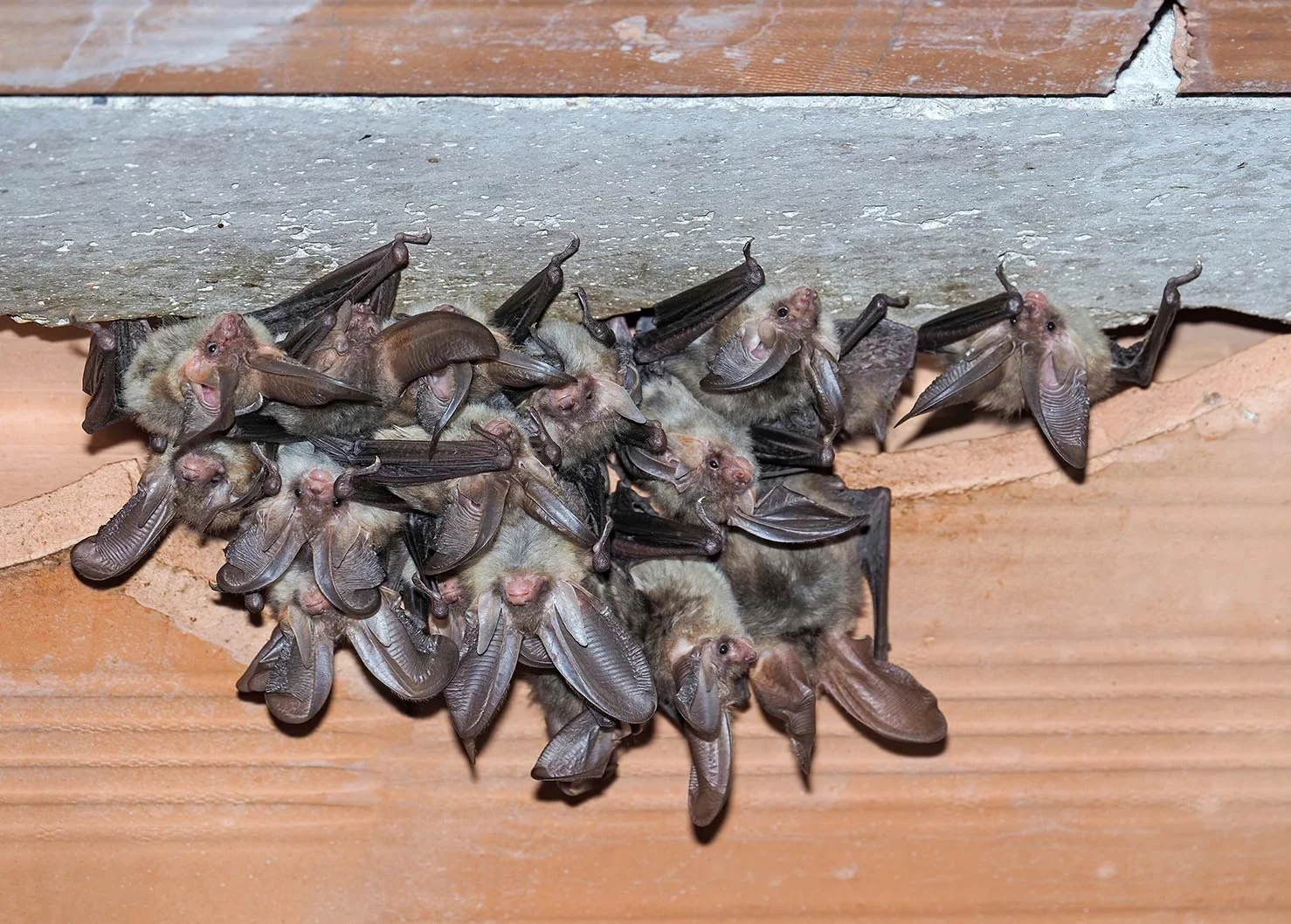Bats
Bats are essential members of the ecosystem and serve a critical role in controlling flying insect populations, particularly mosquitoes and agricultural pests. A single bat can consume up to 1,000 insects per hour, making them valuable natural allies in pest prevention.
However, when bats take up residence in or around homes and structures, they become a serious health and safety concern. Bat infestations often occur in attics, eaves, chimneys, soffits, and wall voids, and can quickly become a persistent issue if left unchecked.
At X Pest Services, our goal is twofold: protect your home from structural damage and disease risk while preserving bats through responsible, humane practices.
Why Bat Infestations Are Dangerous
While bats themselves are not aggressive, their presence can be extremely hazardous to human health and property due to the following:
-
Bats can carry over 50 known diseases that affect humans
They are primary reservoirs for rabies, a deadly virus transmissible through bites or scratches
Their droppings can carry Histoplasma capsulatum, a fungus that causes Histoplasmosis, a serious respiratory illness
Bat colonies often attract parasites such as bat bugs, fleas, mites, and ticks, which can then spread into living areas
-
Bat droppings and urine can saturate insulation, create strong ammonia odors, and corrode wood or metal surfaces
Droppings buildup creates biohazards and supports fungal growth
Nesting bats can clog vents and chimneys, reducing airflow and increasing fire risk
Common Signs of a Bat Infestation:
High-pitched chirping or squeaking sounds coming from attics or walls
Visible droppings accumulating near entry points or attic spaces
Dark, greasy stains around small openings in siding or rooflines
Sightings of bats entering or exiting around dusk
Bat Commonly Found in Southern California
Mexican Free-Tailed Bats – Highly social and roost in large colonies; often seen in attics and rooflines
Bat Removal & Control Process:
At X Pest Defense, our bat exclusion program is designed to safely remove bats, prevent re-entry, and preserve their ecological value.
-
Identify species and locate entry points
Determine if the colony is actively breeding (if so, delay until pups are mobile)
Assess guano accumulation, odor, staining, and damage
-
Install one-way exclusion devices that allow bats to exit but not return
Devices are typically left in place for 7–10 days, depending on colony size
Exclusion is scheduled outside of maternity season to avoid harming young bats
-
After bats have vacated, all entry points are sealed using durable, bat-proof materials
Common sealing targets include attic vents, ridge caps, fascia gaps, and gable vents
-
Remove guano and contaminated insulation
Sanitize and deodorize affected areas
Replace insulation if needed
Recommend and install vent covers, chimney caps, or mesh screening for future prevention


